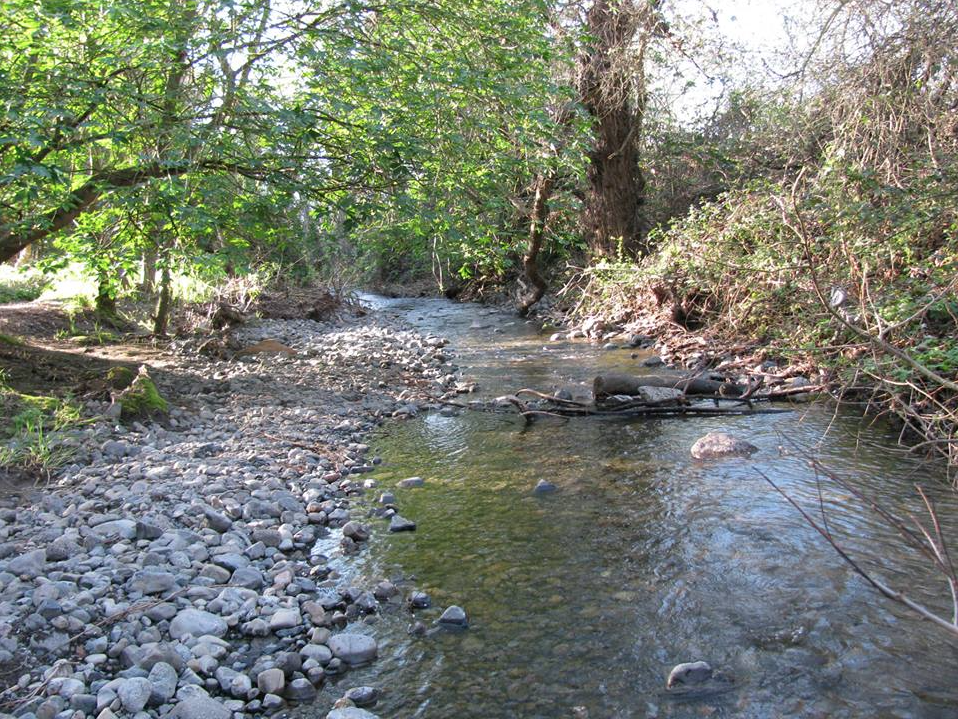COURTESY // SSU News
Copeland Creek is a beloved feature of Rohnert Park, but prone to severe floods that can endanger campus each year during the rainy season.
During the past couple of months, many students and faculty of Sonoma State have witnessed the changes of weather transitioning from a warm summer into a cool fall season. With the transition of seasons bringing forth much rain, there have been recent reports of flooding problems within the area of Rohnert Park. With problems taking place on the east side of Rohnert Park near Copeland Creek, there have been many cries for help regarding an issue to help control the flooding problems within the county. But with Rohnert Park recently winning a $6 million FEMA grant to help minimize flooding problems, as well as helping to recharge the area’s groundwater, help may very well be on its way soon.
Copeland Creek, which runs through Rohnert Park while also passing by Cabernet Village and the Butterfly Garden, has had several problems regarding an excess amount of water flooding the area. Because of the area’s adobe soil, which doesn’t absorb water as well as other types of soil, problems of flooding have always been present around the city of Rohnert Park. All these situations have finally led to the Federal Emergency Management Agency’s 2020 Building Resilient Infrastructure and Communities grant that will help with the problem. This huge grant of about $6 million is set to partially fund the construction of the Copeland Creek detention basin that will help keep the ground more dry. This flood-control project has been planned by the city since 2007 and is now set to officially take effect.
With a plan now set in place by city officials to help mitigate the long lasting flooding problems, many students of SSU are thrilled to hear the news of the $6 million grant.
“I think it’s really cool and impressive that the city was able to pull this off for the residents of Rohnert Park,” explained SSU student Manuel Ponce.
“I don’t really follow much about what happens in this city, but I do agree that this is a great decision conducted by them. I don’t live on campus, but I do have class at the Wine Center which is really close to the creek and I have noticed a lot of big puddles in that area. It is kind of annoying to try to get past them without having your feet all wet and it sucks having to stay in class with water coming out of your shoes. But overall, I think this decision is going to mostly benefit the students and the people living in this area – so I’d say I’m happy for the city.”
Officials have also announced that the basin along Copeland Creek will be expected to contain stormwater flows and to hopefully lower the damage potential of flood events over a 10-year time period. They also noted that stormwater captured in the basin will help create a slower recharge of the groundwater which will also be beneficial to the fish that live around the area, as well as minimizing the flooding effects that have hovered over Rohnert Park residents. A Press Democrat article published on Dec. 2 stated that the start of the basin construction will be determined by FEMA in the near future. Although it is estimated to start taking place around 2022, it was also announced that it would take about three years until the basin could be eligible to be put to use. It is unclear how construction will influence campus life in the future, but students can expect the possibility of certain areas being closed down around Cabernet Village, the Butterfly garden and possibly more areas.



































